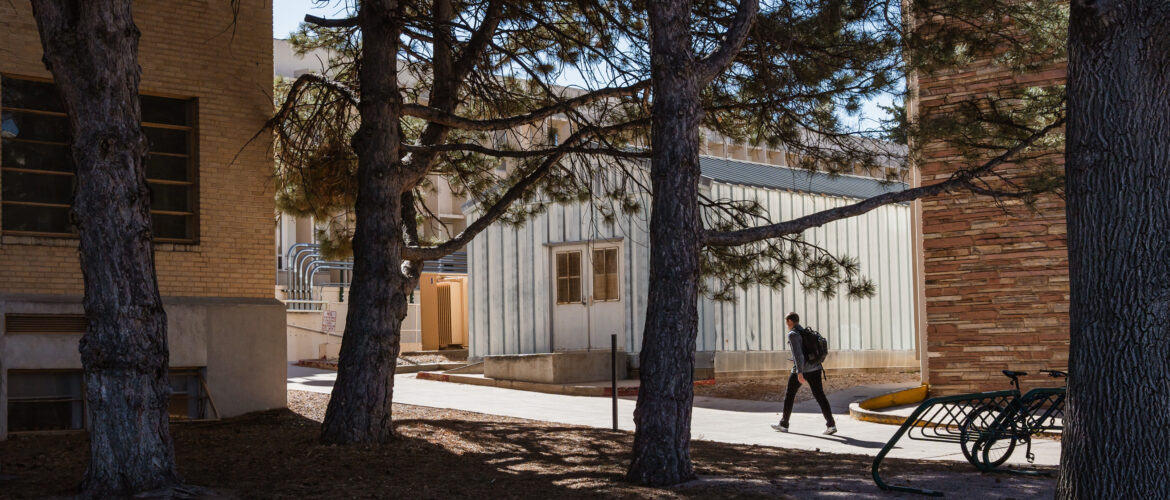
By Field Peterson
FORT COLLINS, Colo. – I spent an hour walking around Colorado State University’s Fort Collins campus to photograph the tangible benefits that trees provide to our communities. It quickly turned into a lesson in observing the way trees support our daily experiences.
Ecosystem services are benefits that nature provides to humans. Urban and community trees support us by intercepting rainfall and reducing flooding, improving air quality, creating shade, reducing energy costs, providing wildlife habitat and more.
Beyond these material services, trees offer personal and cultural benefits. “Urban and community forestry is about the relationship that we as people have with the natural world through trees where we live, work and play,” says CSFS Urban and Community Forestry Program Manager Dana Coelho. Check out our Q&A with Dana Coelho to learn about urban and community forestry from an expert.

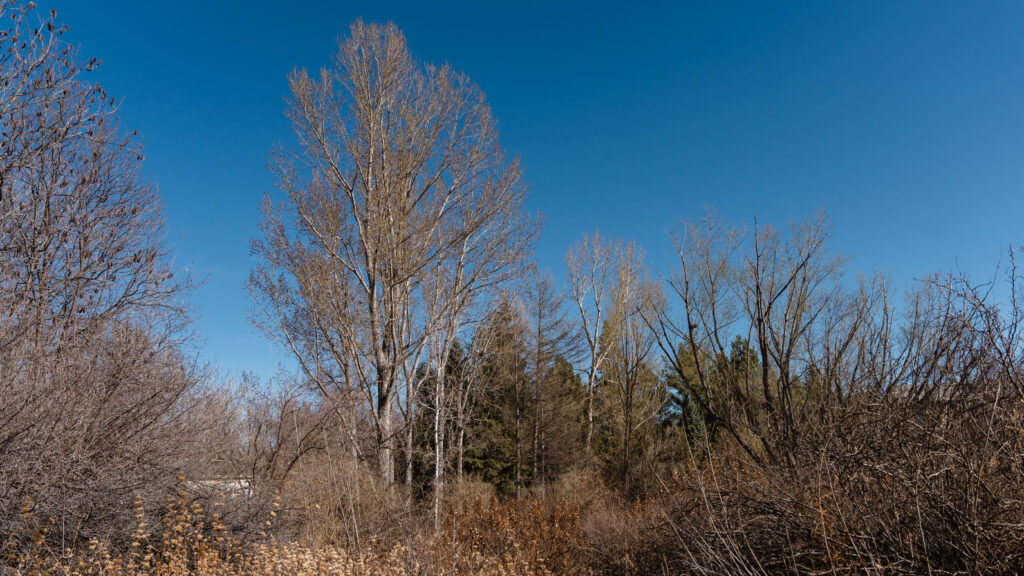
A Tree Campus
Colorado State University’s Fort Collins campus is a standout example of trees in urban and community spaces and serves as a hub for over 30,000 students, plus many more faculty and staff.
A mapping tool from American Forests, a conservation non-profit, incorporates a variety of factors including tree canopy, population density, income, employment, surface temperature, race, age and health to produce a comprehensive representation of tree canopy equity across different socioeconomic and demographic conditions. It lists CSU with a Tree Equity Score of 98 for good reason — it’s covered in trees.
While CSU is an outstanding tree-filled urban area, many other locations around the country do not receive the same benefits, resulting in different experiences for these residents.
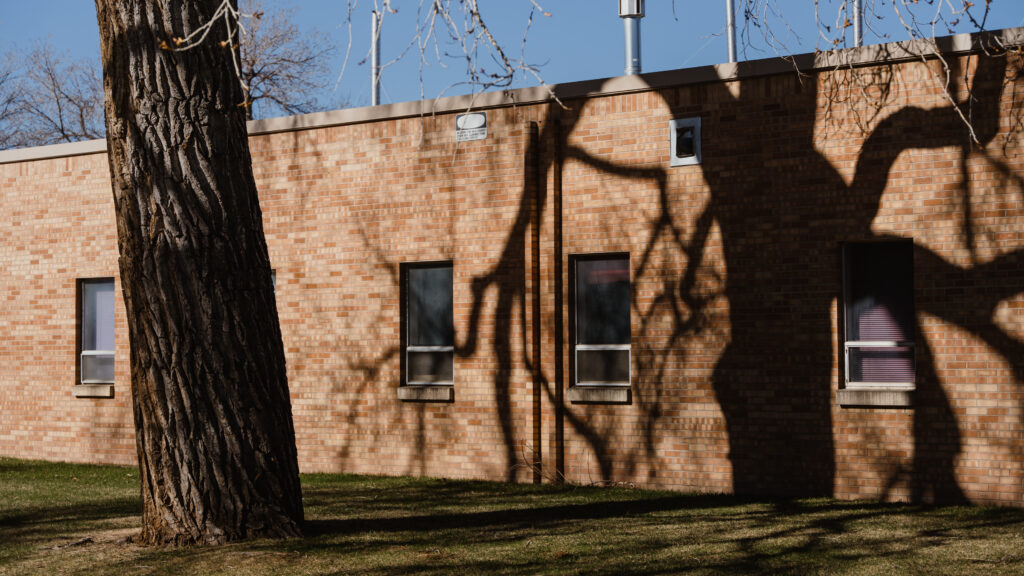
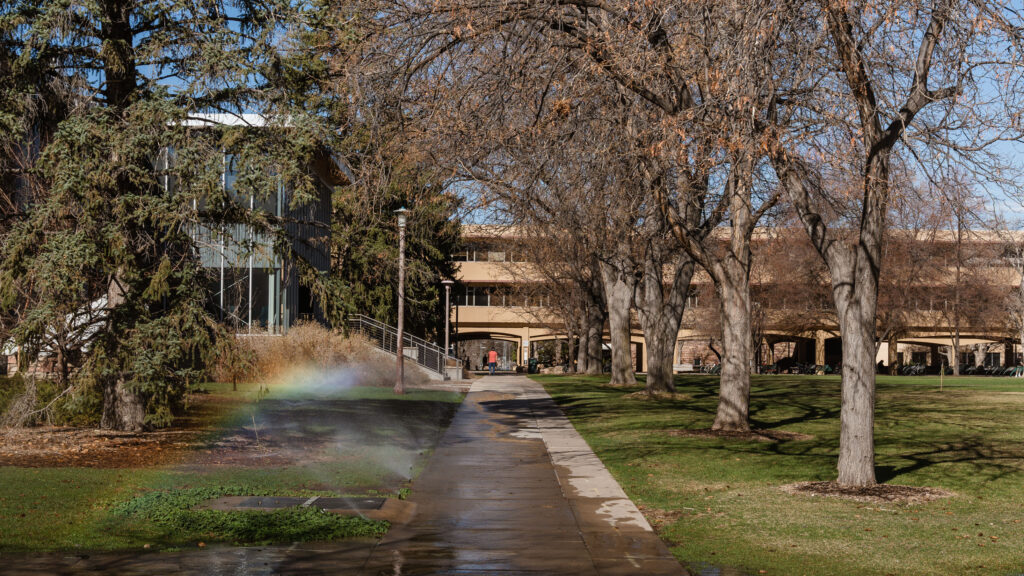
Extended Services
It’s hard to define the innate connection humans have with trees and the way we value them. While some benefits are overt, like catching shade under a canopy on a scorching hot day, our connection to urban and community trees is about more than just receiving a tangible service.
Imagine a wild place. You might see a forest stretching across a mountainside, far away from city streets. Urban forests may not always replicate this same feeling of seclusion, but our daily encounters with trees where we live, work and play creates a close link between us (Dwyer et al., 1991). Trees are powerfully intertwined with our lives, subsequently blending into the background of our awareness, akin to how we might fail to notice clouds in the sky or birds flying by.
In fact, our proximity to urban and community forests allows them to support cultural ecosystem services. This is particularly due to the stark contrast between urban and green spaces, allowing us more immediate access to a taste of nature (Wang et al., 2022). Stepping outdoors to relax and breathe fresh air can help ground us, encourage curiosity, or provide a space to share with friends — all of which are derived from this tie to nature (Davies et al., 2017).
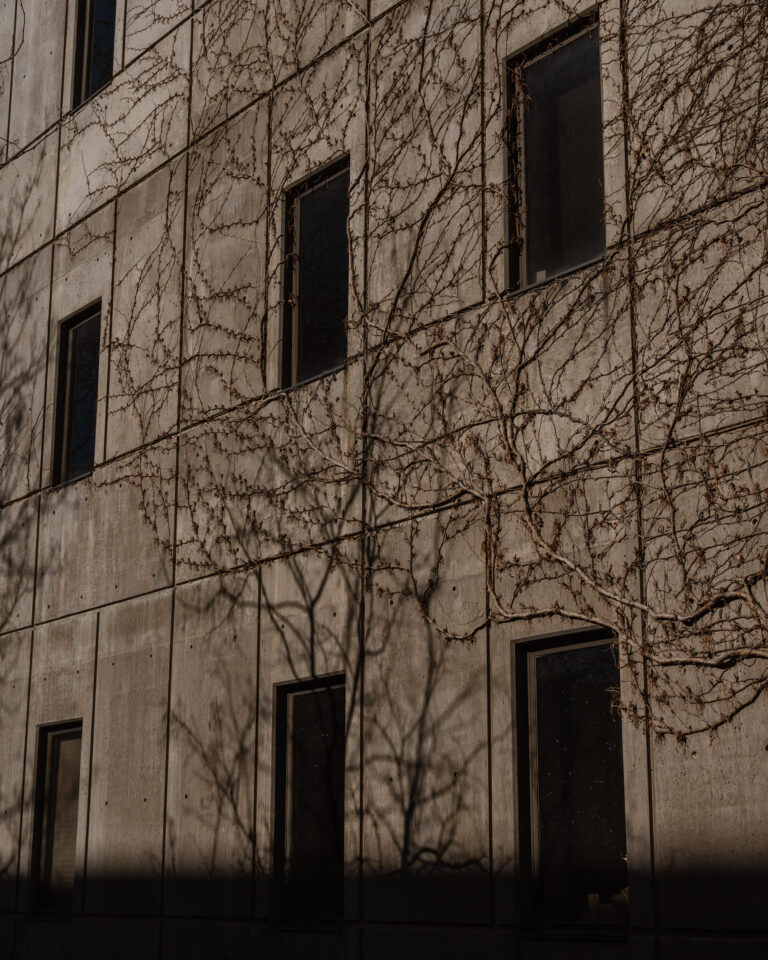
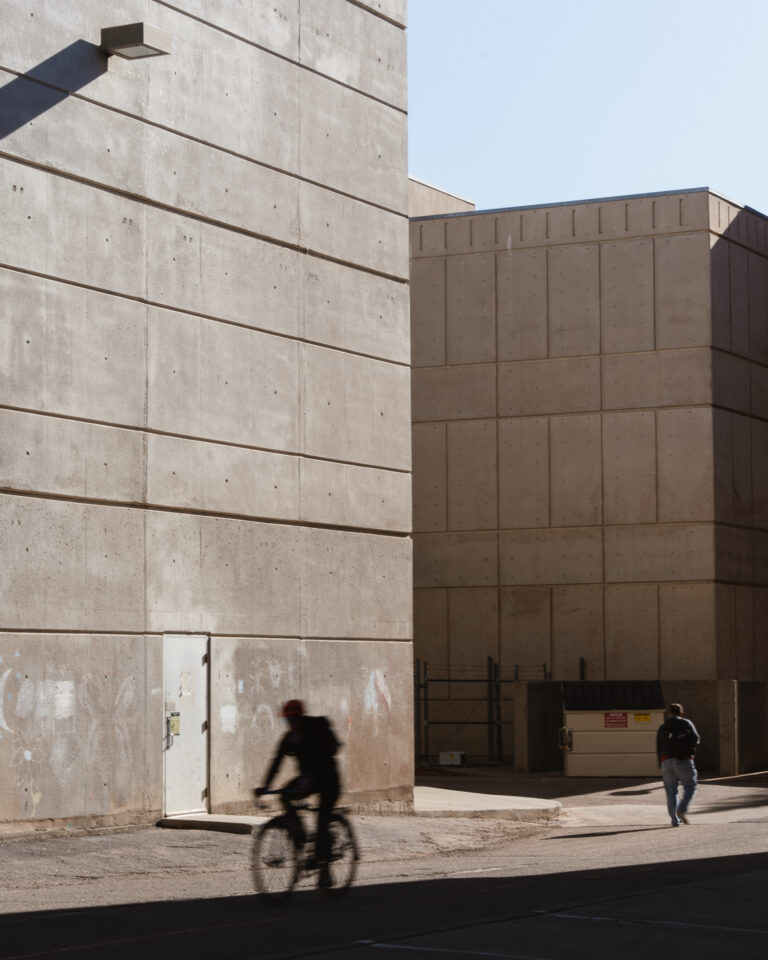
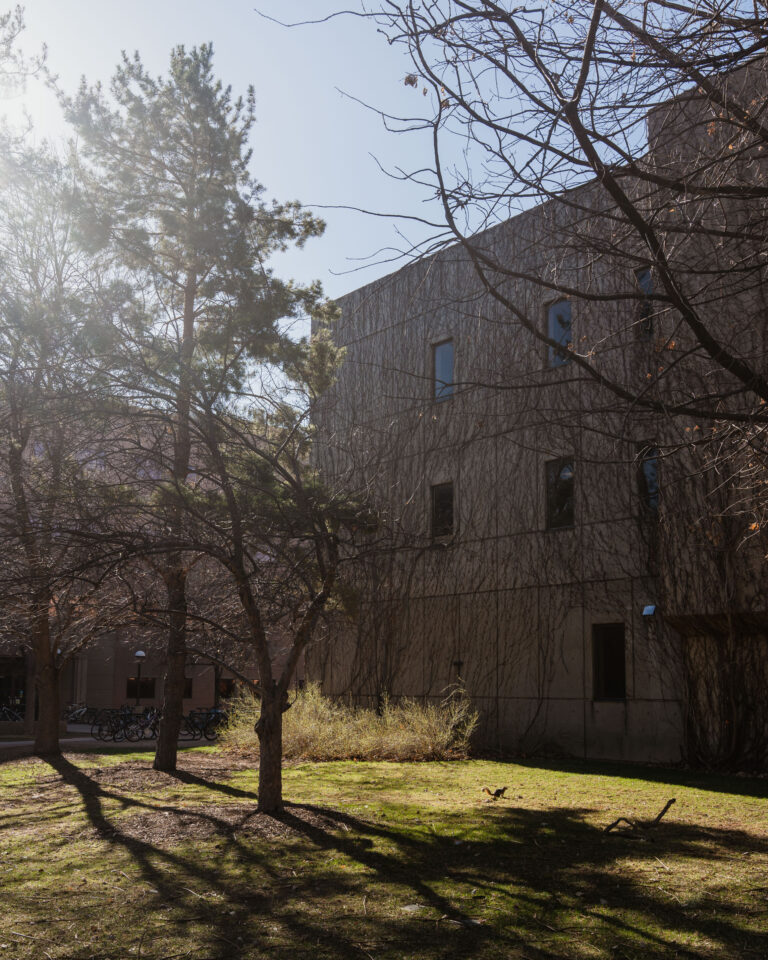
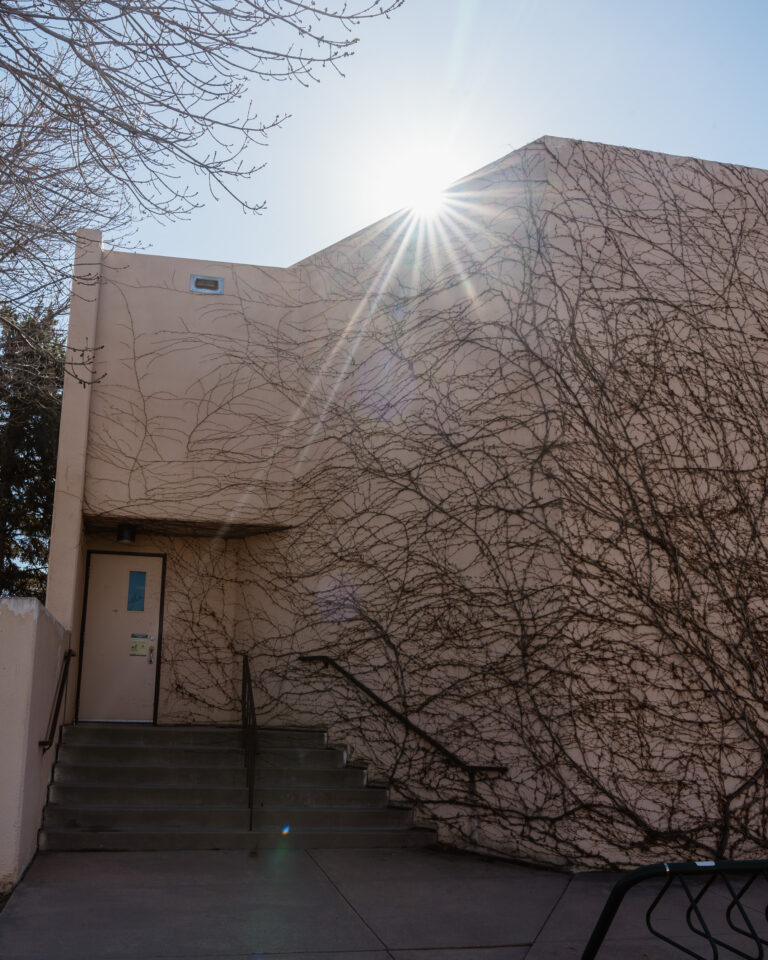
Interconnection
Trees provide physical and psychological benefits, too. Having access to green natural spaces and sitting in the presence of trees can help people feel less stressed and happier (Akpinar, 2016; Grahn & Stigsdotter, 2003; van den Berg et al., 2016).
When we consider the advantages that trees afford to our physical existence, significant implications for social and cultural dialogues emerge (Henwood & Pidgeon, 2001). The research area known as ‘more-than-human geographies’ addresses the interconnections that humans have with the natural world and views nature as more than just a resource for us to manage (Isaacs, 2020; Phillips & Atchison, 2020).
By combining these elements, we can view urban and community forestry from a wider perspective that considers the effects on climate, culture, physical and mental health, economics and aesthetic appeal.


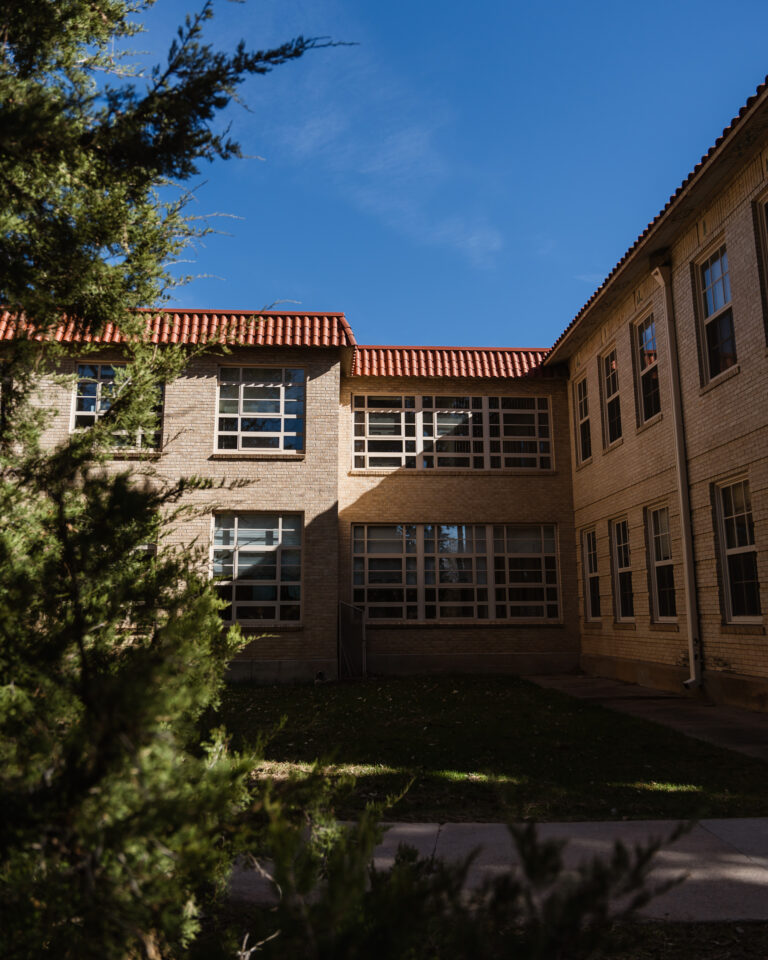

Observations
Newly planted trees might be fresh and fragile, old trees might withstand the harshest conditions, but we’re all just doing our best to keep growing.
This soft relationship that we have with urban trees suggests that we value them for far more than material services. If we reflect, we can recognize that our connection to them is cultural, instinctual and psychological, rooted in a deep connection with nature.
Ultimately, these trees are often planted to create green cities, support our lives and make nature more accessible, but there’s more to what makes urban and community forestry meaningful — you might just need to explore for yourself.
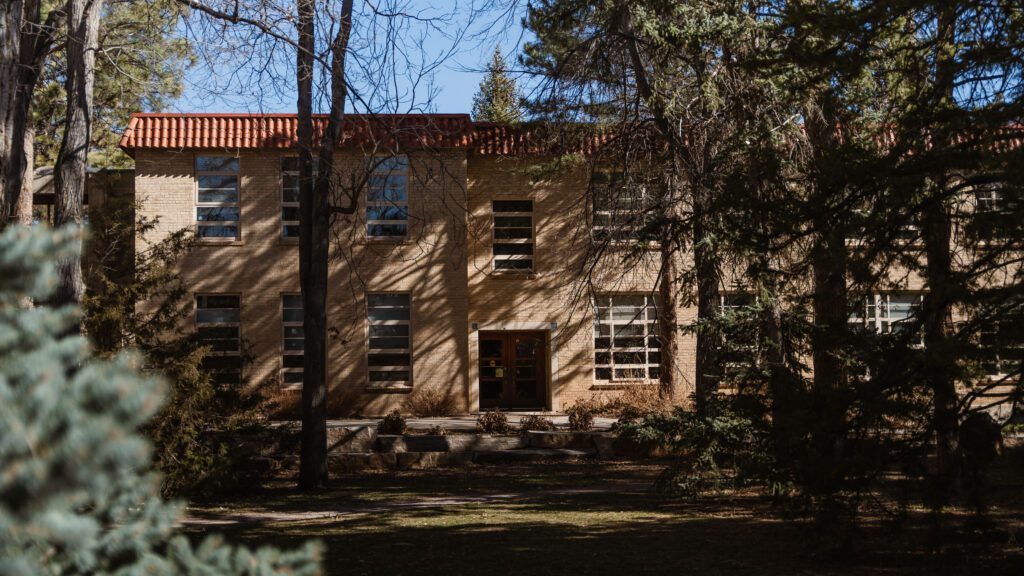

References
Akpinar, A. (2016). How is quality of urban green spaces associated with physical activity and health? Urban Forestry & Urban Greening, 16, 76–83. https://doi.org/10.1016/j.ufug.2016.01.011
American Forests. Tree Equity Score. https://www.treeequityscore.org
Davies, H., Doick, K., Handley, P., O’Brien, L., Wilson, J. (2017). Delivery of ecosystem services by urban forests. Forest Research. https://www.forestresearch.gov.uk/publications/delivery-of-ecosystem-services-by-urban-forests/
Dwyer, J. F., Schroeder, H. W., & Gobster, P. H. (1991). The significance of urban trees and forests: Toward a deeper understanding of values. Journal of Arboriculture, 17(10): 276-284. https://www.fs.usda.gov/research/treesearch/14861
Grahn, P., Stigsdotter, U. A. (2003). Landscape planning and stress. Urban Forestry & Urban Greening, 2(1): 1-18. https://doi.org/10.1078/1618-8667-00019
Henwood, K., & Pidgeon, N. (2001). TALK ABOUT WOODS AND TREES: THREAT OF URBANIZATION, STABILITY, AND BIODIVERSITY. Journal of Environmental Psychology, 21(2), 125–147. https://doi.org/10.1006/jevp.2000.0196
Isaacs, J. R. (2020). More-than-human geographies. International Encyclopedia of Geography https://doi.org/10.1002/9781118786352.wbieg2041
Phillips, C., Atchison, J. (2020). Seeing the trees for the (urban) forest: more-than-human geographies and urban greening. Australian Geographer, 51(2), 155-168. https://doi.org/10.1080/00049182.2018.1505285
van den Berg, M., van Poppel, M., van Kamp, I., Andrusaityte, S., Balseviciene, B., Cirach, M., Danileviciute, A., Ellis, N., Hurst, G., Masterson, D., Smith, G., Triguero-Mas, M., Uzdanaviciute, I., Wit, P. de, Mechelen, W. van, Gidlow, C., Grazuleviciene, R., Nieuwenhuijsen, M. J., Kruize, H., & Maas, J. (2016). Visiting green space is associated with mental health and vitality: A cross-sectional study in four european cities. Health & Place, 38, 8–15. https://doi.org/10.1016/j.healthplace.2016.01.003
Wang, Y., Niemelä, J., & Kotze, D. J. (2022). The delivery of Cultural Ecosystem Services in urban forests of different landscape features and land use contexts. People and Nature, 4(5), 1369–1386. https://doi.org/10.1002/pan3.10394
Wolf, K. L., Lam, S. T., McKeen, J. K., Richardson, G. R. A., van den Bosch, M., & Bardekjian, A. C. (2020). Urban Trees and Human Health: A Scoping Review. International Journal of Environmental Research and Public Health, 17(12), Article 12. https://doi.org/10.3390/ijerph17124371

